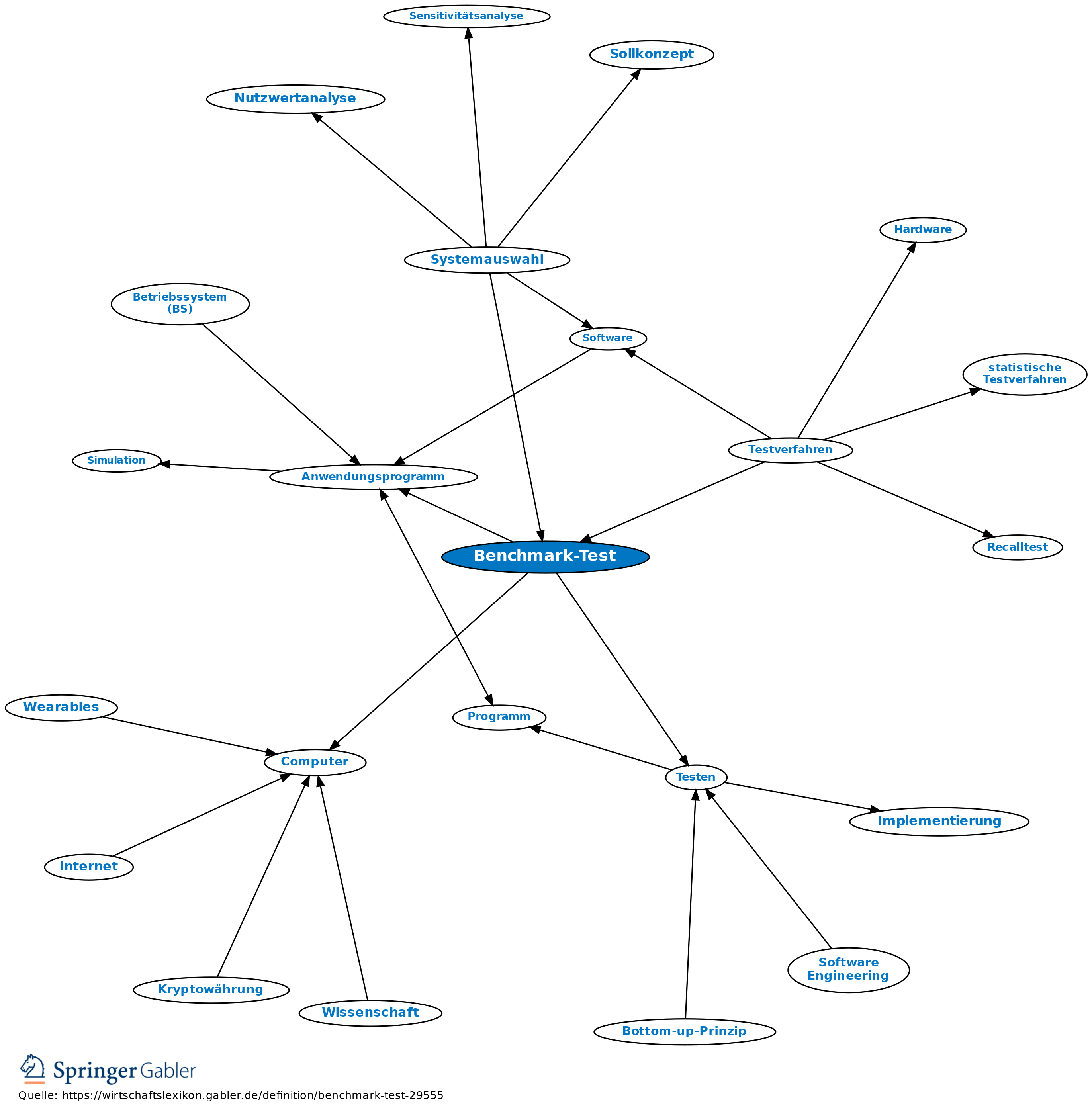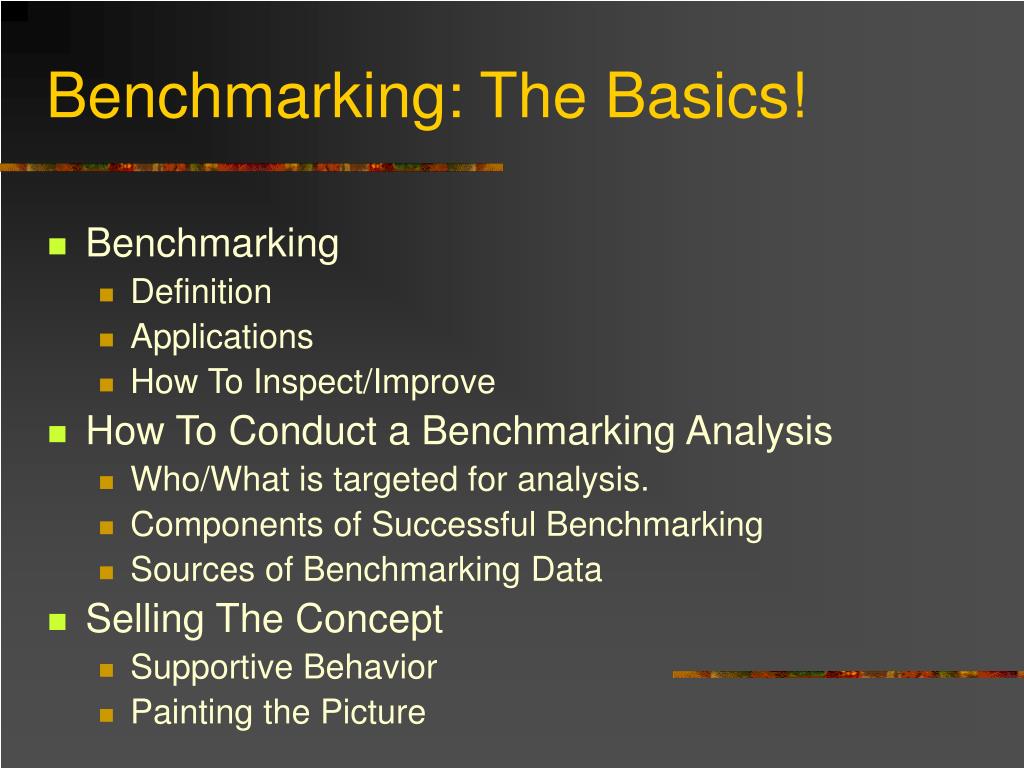

It is also common to compare the strategic goals in order to spot new strategic choices. During the process, the companies identify the winning strategies (usually outside their own industry) that successful companies use and apply them to their own strategic process. Managers use this type of benchmarking to identify the best way to compete in the market.

Tuominen and Bogan & English identified these 3 major types: There are different types of benchmarking the managers can use.

Still, benchmarking remained the 4th top used tool by businesses in the world in 2013. The graph shows that, although, the satisfaction of the tool is high, the usage of it has declined since the heights in 1999. In addition, annual surveys from Bain & Company’s indicate similar results. The survey done by The Global Benchmarking Network reveals that adaptation of the tool in organizations vary from 68% for informal benchmarking to 49% and 39% for performance and best practice benchmarking, respectively. The tool is one of the most recognized and widely used tools of all the business strategy tools. This would be a new way to gain customers and may result in at least temporary competitive advantage. For example, a small family owned farm selling its own agricultural products online could apply the same social media strategies as internet blogs to attract attention and gain new customers. The company can gain a competitive advantage if it applies the best practices from other industries to its own industry. The knowledge acquired about other businesses can be easily transferred to your own organization. By observing and scrutinizing such companies you can identify the processes, skills or competences that contribute to organization’s success and then apply the same practices to your own company. It is often unclear how successful companies achieve superior performance. To reveal successful business processes.It’s a very important tool in strategic management, because it often reveals how well your organization performs compared to rivals. Improving company’s performance is, without a doubt, the most important goal of benchmarking. Managers use the tool to identify the best practices in other companies and apply those practices to their own processes in order to improve the company’s performance. Blakeman, University of Wisconsin-Milwaukee Īccording to Camp, benchmarking is simply “Finding and implementing the best business practices”.

The following table shows how benchmarking evolved into a modern strategy tool: Benchmarking history 1950-1975 This type of comparison proved very beneficial and Xerox, AT&T and other companies began comparing the performance of their processes to the best standards in the industry. This type of comparison was scarcely used and didn’t become a valuable management tool until late 1980s and 1990s, when Xerox introduced the process benchmarking technique. Some form of comparison in the companies was used, since 1800s, and mainly included product’s quality and feature comparison. To better understand your situation and improve company’s performance, the managers use benchmarking. For example, 85% customer satisfaction might look great for you or even compared to your industry’s average, but what if some other companies (not necessarily rivals) easily achieve 97% rate? In this situation, your 85% satisfaction rate doesn’t look that brilliant. Without it, you would never know how successful your performance is in a market or whether you perform one or another task better than your competitor does. Understanding the toolĬomparing your own business to a rival is essential when competing. Benchmarking is a strategy tool used to compare the performance of the business processes and products with the best performances of other companies inside and outside the industry.īenchmarking is the search for industry best practices that lead to superior performance.


 0 kommentar(er)
0 kommentar(er)
